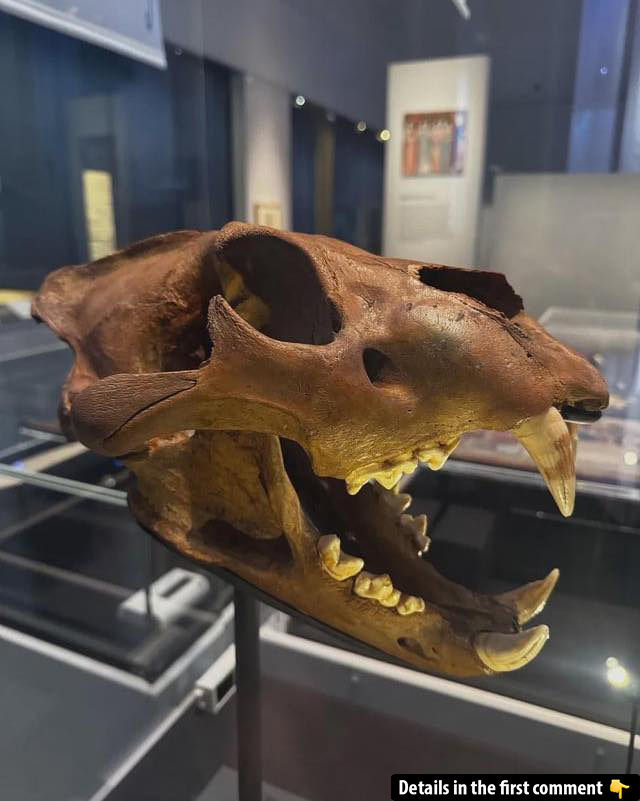The Tower of London, a symbol of the English monarchy’s power and prestige, has long been home to an array of exotic animals. Among these were lions, powerful creatures that represented the strength and majesty of the throne. However, as history has shown, these mighty animals, particularly the Barbary lions, faced not only physical ailments but also a tragic path toward extinction. The discovery of two Barbary lion skulls at the Tower of London has shed new light on the past, offering invaluable insights into the lives of these majestic animals and the importance of conservation efforts today.
The Royal Menagerie: The Symbol of Power and Prestige
For centuries, the Tower of London housed a royal menagerie—a collection of exotic animals brought from across the globe to represent the monarchy’s strength, wealth, and grandeur. Among the most iconic residents of the Tower were the lions, revered for their majesty and symbolic of the king’s power. These regal creatures were often placed at the entrance of the Tower, where they served as a fearsome reminder of the might of the English throne.
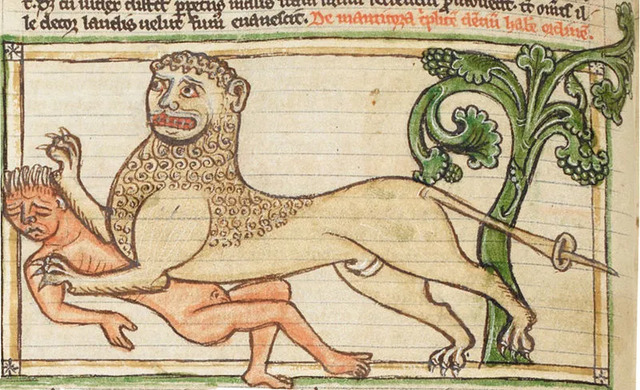
The lions, often a key part of royal court life, were not just symbols of strength, but they also became entangled in the cultural and political identity of the monarchy. For instance, the symbol of the lion was famously adopted by Richard the Lionheart, further ingraining the majestic animal’s importance within the royal narrative.
Video
Check out the video to meet Rock and Roar, the living cousins of the extinct Barbary lion – it’s an amazing encounter!
The Barbary Lion: A Once Mighty Beast Now Extinct in the Wild
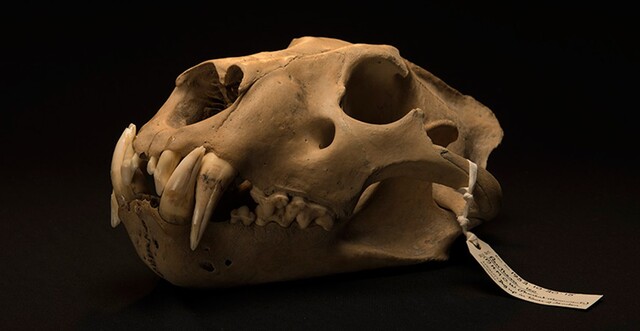
The Barbary lion, also known as the Atlas lion, once roamed the Atlas Mountains in North Africa, including modern-day Morocco, Algeria, Tunisia, and parts of Egypt. These lions were distinguished by their size, strength, and unique features, with males sporting impressive manes. Tragically, the Barbary lion was driven to extinction in the wild by the early 20th century due to habitat loss, hunting, and exploitation.
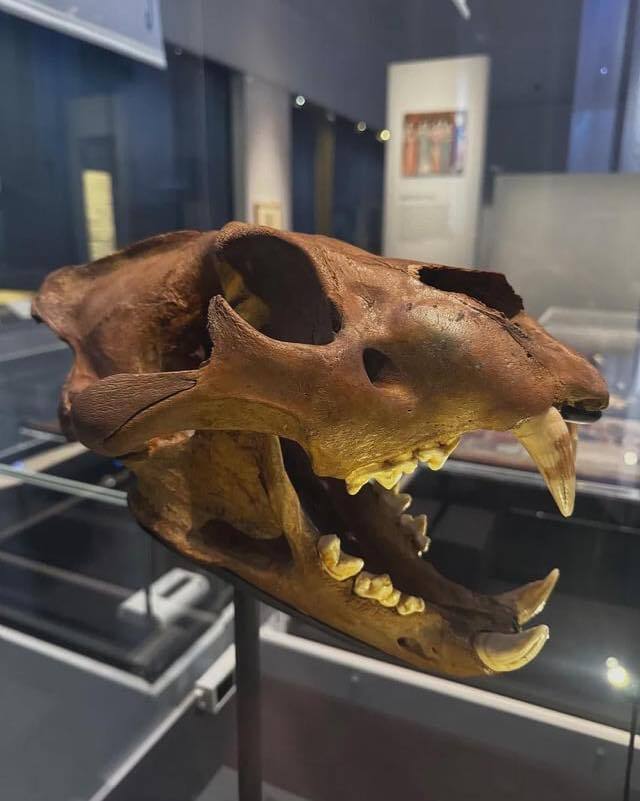
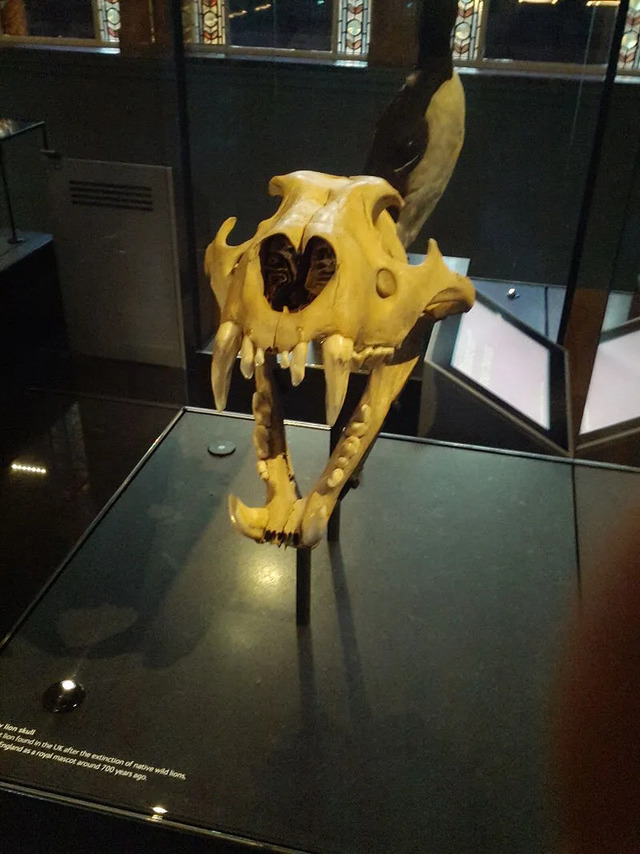
Though they were already becoming scarce, the last known wild Barbary lions were declared extinct in 1922. However, small populations of Barbary lions remained in captivity, and there have been efforts to try to preserve their legacy by selectively breeding lions believed to be descendants of the original Barbary population. The question still remains whether it is ethical or practical to attempt to reintroduce them into their native habitats, given the current state of the environment.
The Discovery of Barbary Lion Skulls in the Tower of London
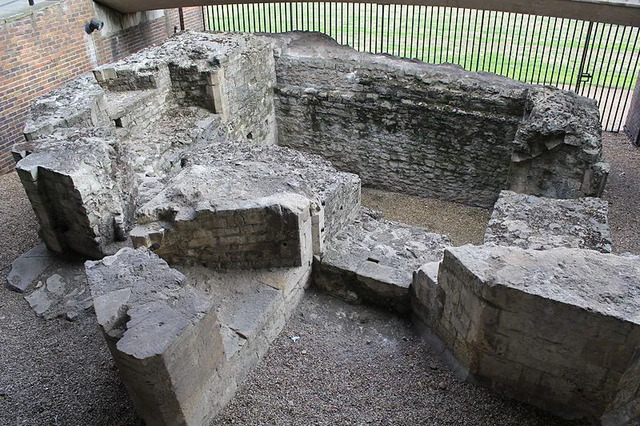
The discovery of the Barbary lion skulls in 1937 provided researchers with a rare glimpse into the past. During construction work in the Tower of London’s moat, workers uncovered two well-preserved lion skulls that would become key artifacts in understanding the royal menagerie’s history. One of the skulls dates back to between 1280 and 1385, while the other was from between 1420 and 1480. These discoveries revealed that the Barbary lions had been part of the Tower of London during the reign of the Plantagenet kings.
The skulls were brought to the Natural History Museum, where experts began to study them. While initially categorized as part of the broader royal menagerie, further analysis revealed that both lions were purebred Barbary lions, a discovery that would help connect the dots between history, biology, and the legacy of these majestic animals. However, the discoveries also revealed a sobering truth about the lions’ health.
Insights from the Skulls: Malnourished and Physically Deformed
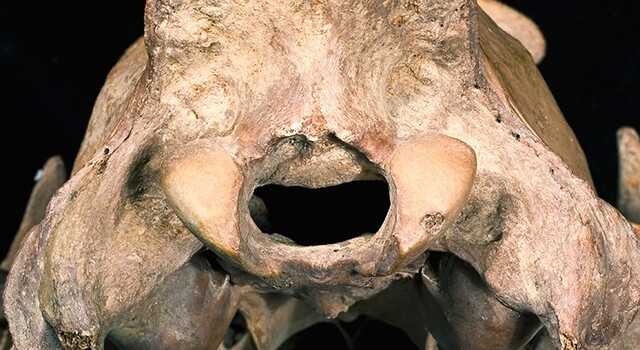
While the Barbary lions of the Tower of London were undoubtedly symbols of power, they were not treated as well as one might expect. The analysis of the skulls revealed that both lions were likely malnourished, a result of inadequate diets that failed to meet their nutritional needs. The younger lion’s skull showed signs of nutritional stress, including a pathological condition where the spinal cord’s passageway was partially obstructed due to the formation of excess bone. This could have led to paralysis and blindness, emphasizing the harsh reality that these once-mighty animals suffered during their time in captivity.
The findings were a stark contrast to the perception of these lions as symbols of strength. They also highlighted the importance of proper care in animal captivity, a lesson that zoos and wildlife conservation programs continue to learn from today.
The Extinction of the Barbary Lion: A Symbol of Human Impact
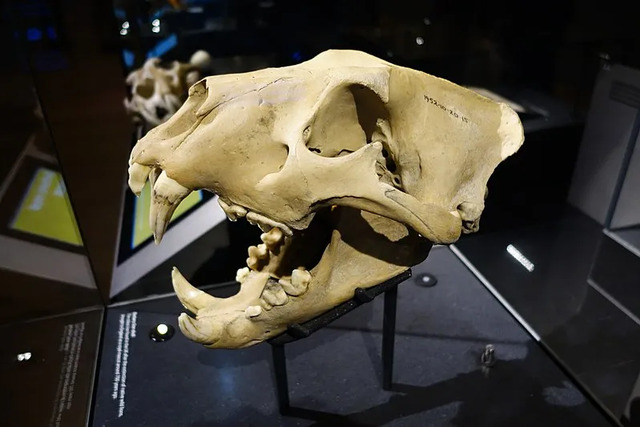
The extinction of the Barbary lion in the wild stands as a reminder of humanity’s capacity for environmental destruction. Driven by overhunting, habitat destruction, and the demand for exotic animals, the Barbary lion was pushed to the brink of extinction. As populations dwindled, these animals were confined to captivity, where they were further exploited and denied the chance to thrive in their natural habitats.
The loss of the Barbary lion in the wild is emblematic of the broader challenges facing many species today. Much like the Barbary lion, numerous animals are at risk of extinction due to human activities. While efforts to save endangered species have made progress, the Barbary lion serves as a tragic example of how easily species can be lost when human influence disregards the balance of nature.
Lessons for Modern Conservation: The Need for Preservation
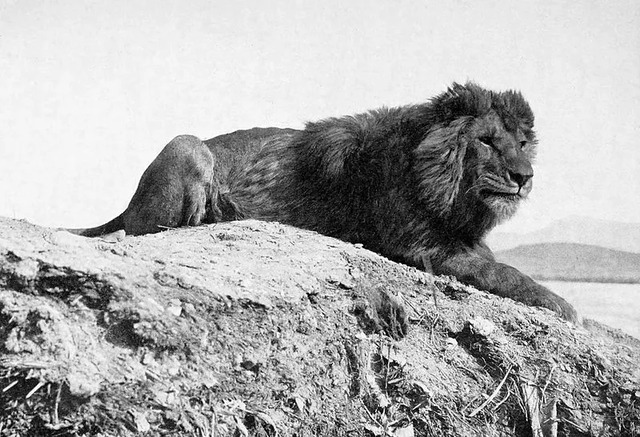
The study of the Barbary lion skulls provides valuable insights for contemporary conservation efforts. By examining the reasons for the Barbary lion’s decline, scientists can better understand the factors that contribute to the extinction of other species. For example, the nutritional deficiencies observed in the Tower lions suggest that proper care in captivity is crucial for the health and well-being of zoo animals today.
Furthermore, the Barbary lion’s extinction underscores the importance of habitat preservation and sustainable wildlife management. Modern conservation efforts must prioritize protecting habitats, reducing human impact, and preserving biodiversity to prevent further species loss.
The Barbary lion’s legacy lives on not only through these skulls but also through the ongoing efforts to conserve and protect wildlife. By studying extinct species like the Barbary lion, we can apply valuable lessons to current conservation strategies, helping to prevent the further erosion of our planet’s biodiversity.
Explore more photos of Barbary lion
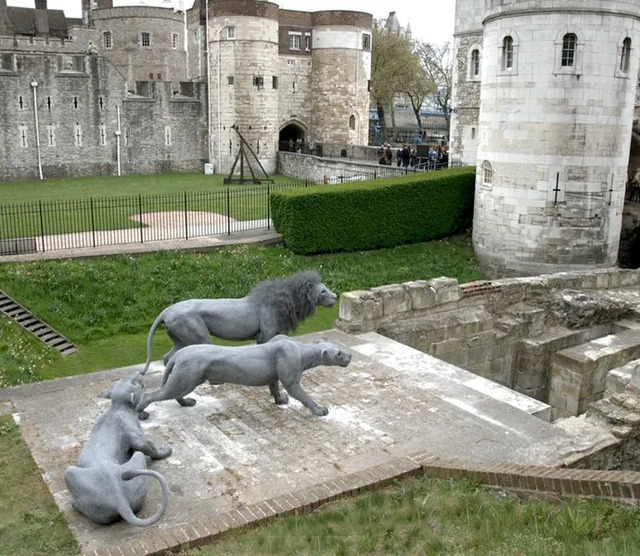
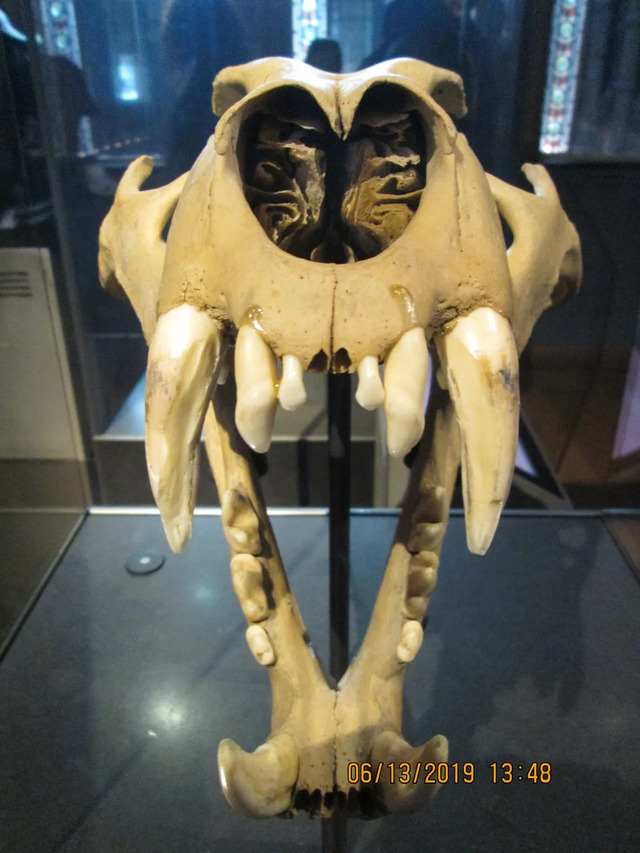
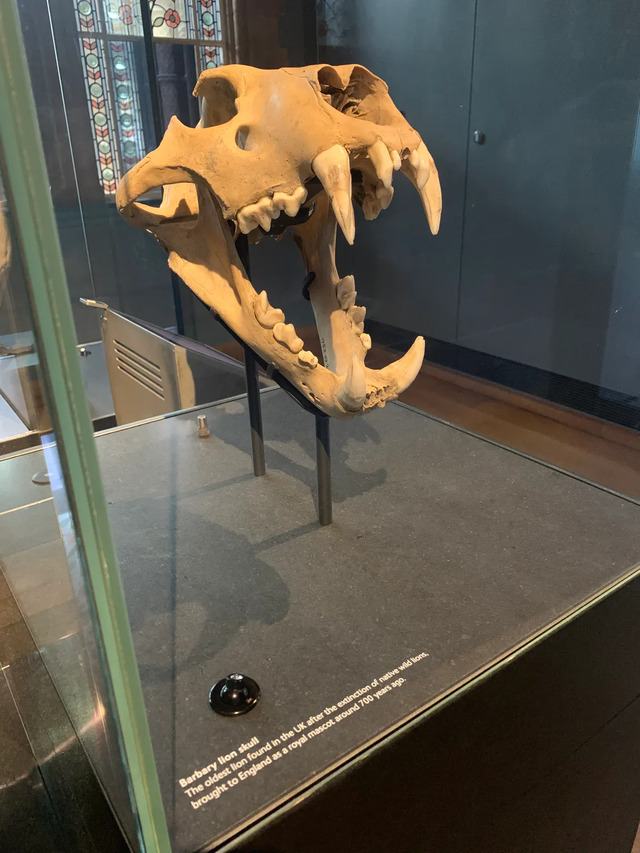
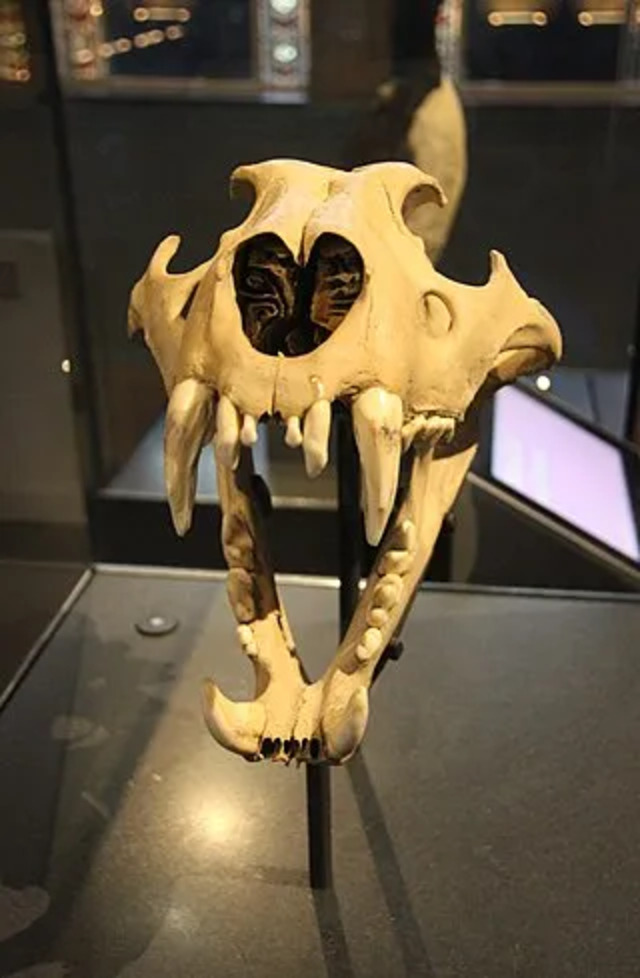
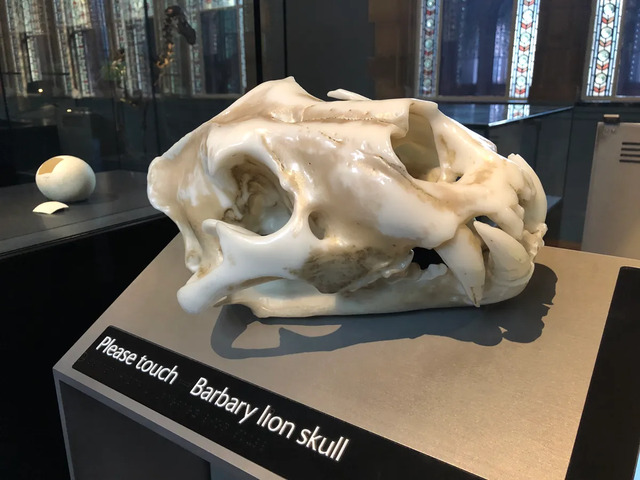
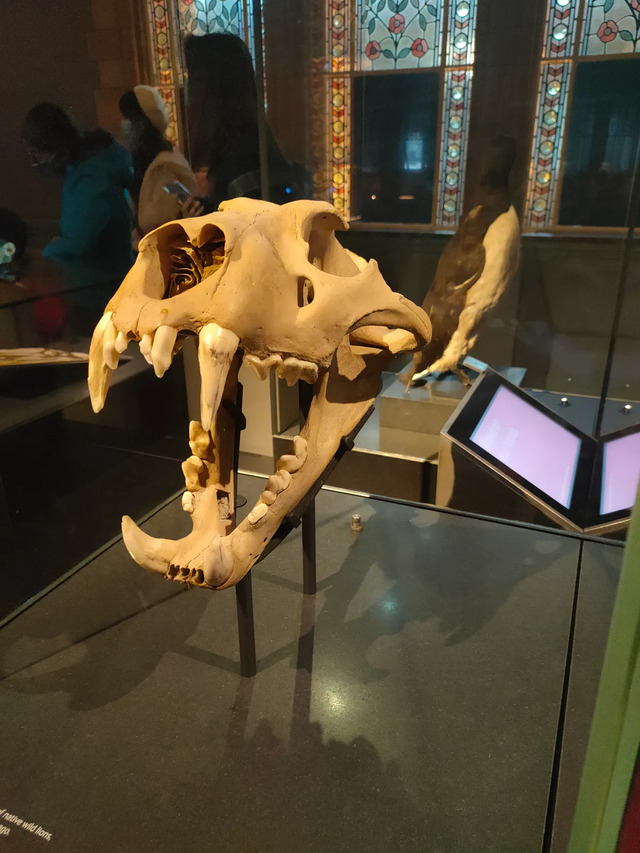
Conclusion: The Legacy of the Barbary Lion and the Future of Conservation
The discovery of the Barbary lion skulls at the Tower of London offers more than just a historical insight into the monarchy’s menagerie; it provides a reminder of the fragility of nature and the importance of conservation. The Barbary lion, once a symbol of power and majesty, now serves as a cautionary tale about the consequences of human exploitation and neglect. Through studying these remains, we gain not only a deeper understanding of the past but also the tools to protect the future.
As we look to conserve endangered species, the legacy of the Barbary lion reminds us of the responsibility we bear in protecting the creatures that share our world. It is a reminder that every species, no matter how majestic, is vulnerable, and it is our duty to safeguard their future. The lessons of the Barbary lion are clear: conservation is not just about protecting animals; it is about preserving the very fabric of life on Earth for future generations.
Video
Watch the video for a thrilling size comparison between a tiger and a lion – it’s a battle of the big cats!
